Reportar esta entrada
Más sobre la misma comunidad-colección
1985-86 Equipo de lucha de la secundaria El Paso High School
1985-86 El Paso High School Wrestling Team
Porristas de secundaria El Paso High en un desfile - 1985
El Paso High Cheerleaders in a parade. Cheerleaders Sandy ...
Desafío Olímpico de la Clase 1986 escuela secundaria El Paso
1986 EPHS class Olympic Challenge. Our school was competitive, ...
Jennifer Han con sus fans - 2016
Annalyse Appelzoller and Savannah Appelzoller with Jennifer Han. ...
Brandon Bailey Johnson Record Mundial Guinness - Video
El Paso's Own - Brandon Bailey Johnson sets the Guinness World ...
YISD Programa de siglo 21 Viaje de campo del verano
K-5th grade students from Capistrano Elementary on their first ...
Mac's Place - centro de El Paso, Texas
203 Mills - in the Cortez Building on the corner of Mesa and ...
Mac's Place - centro de El Paso, Texas
203 Mills - in the Cortez Building on the corner of Mesa and ...
Mac's Place - centro de El Paso, Texas
203 Mills - in the Cortez Building on the corner of Mesa and ...
Desfile de la 1ª División Calvario - 1923
Downtown parade of the 1st Calvary Division on May 16, 1923. ...
Desfile e de la 1ª División Calvario - 1923
Downtown parade of the 1st Calvary Division on May 16, 1923. ...
El Paso High School secundaria 1986 Club valor de jóvenes de último año
El Paso High School 1986 Senior guys spirit club
Mac's Place - centro de El Paso, Texas
Mac's Place located 203 Mills - in the Cortez Building on the ...
Mac's Place - centro de El Paso, Texas
Mac's Place located 203 Mills - in the Cortez Building on the ...
Mac's Place - centro de El Paso, Texas
Mac's Place located 203 Mills - in the Cortez Building on the ...
Mac's Place - centro de El Paso, Texas
Mac's Place located 203 Mills - in the Cortez Building on the ...
Mac's Place - centro de El Paso, Texas
Mac's Place located 203 Mills - in the Cortez Building on the ...
Mac's Place - centro de El Paso, Texas
Mac's Place located 203 Mills - in the Cortez Building on the ...
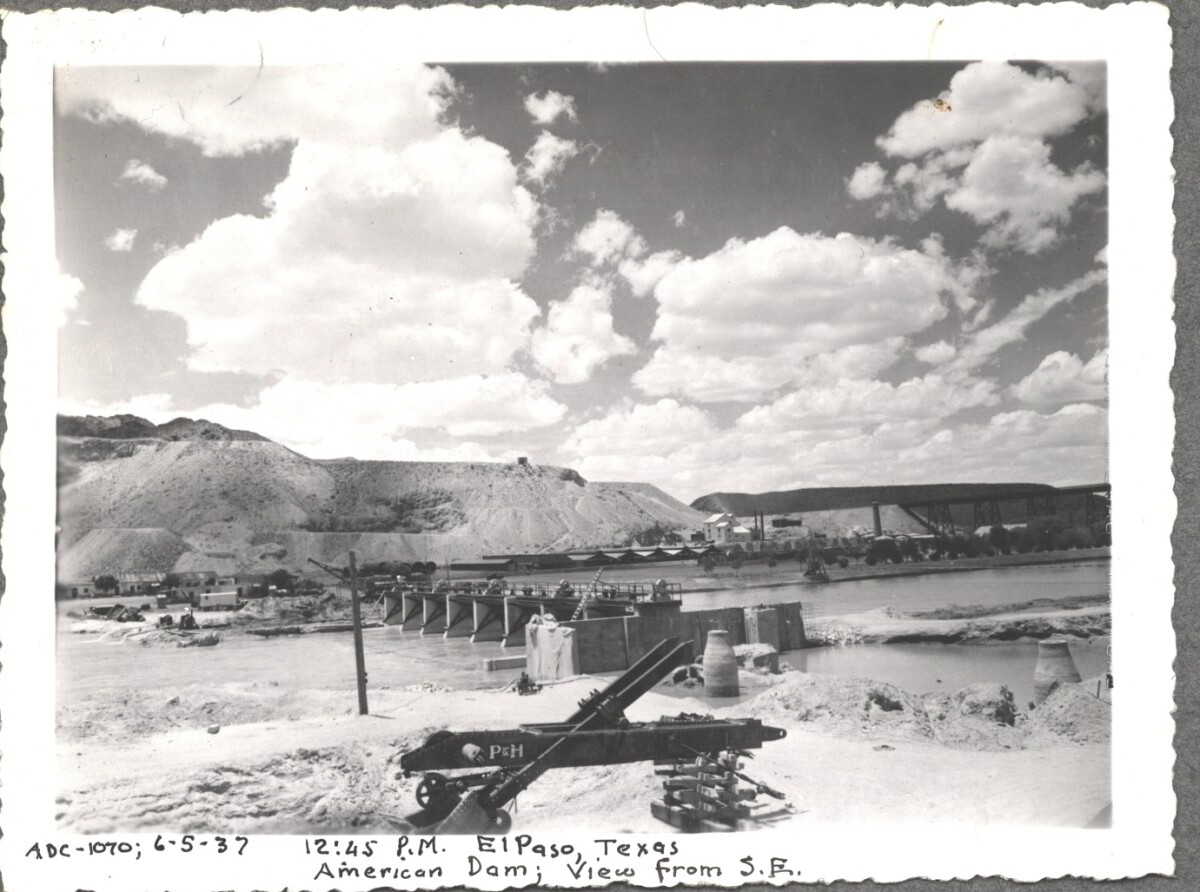

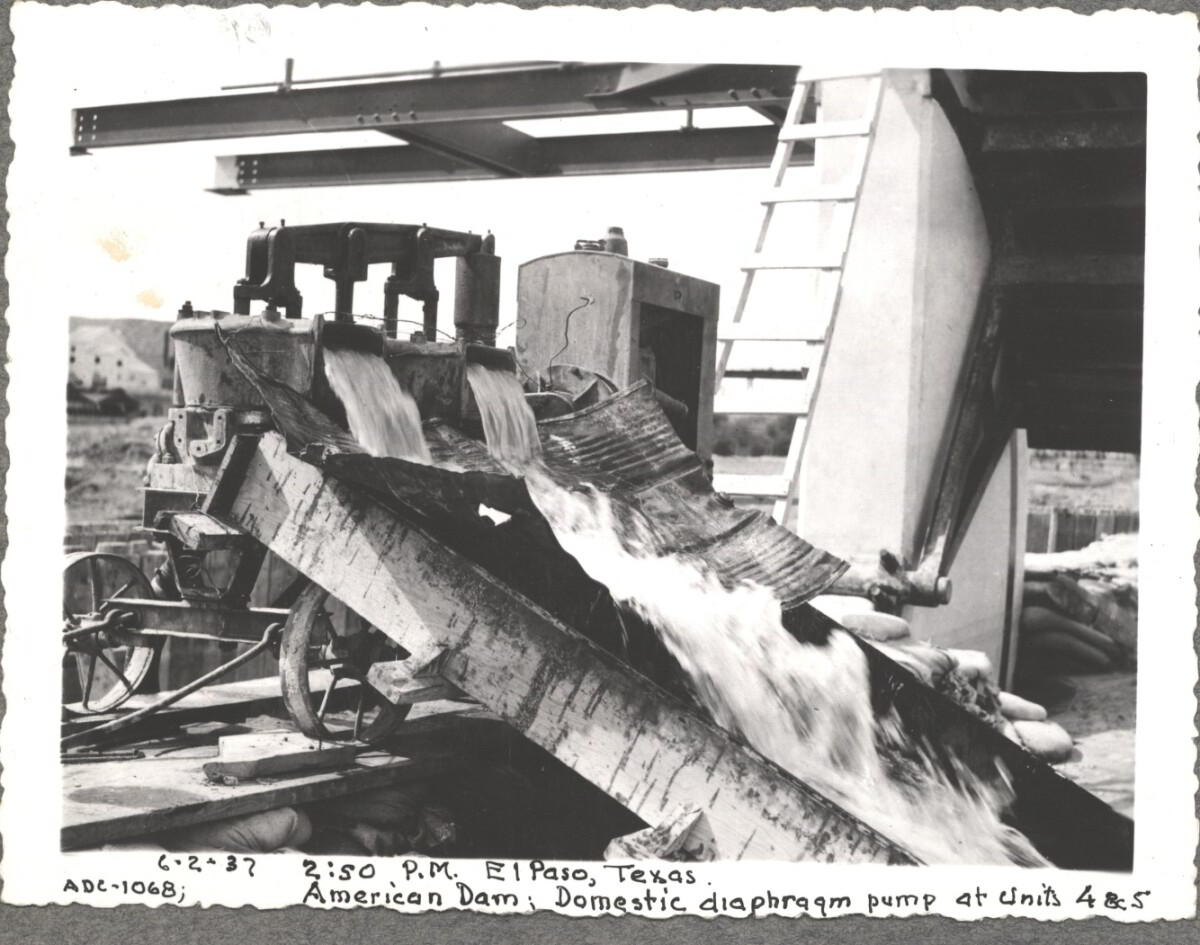
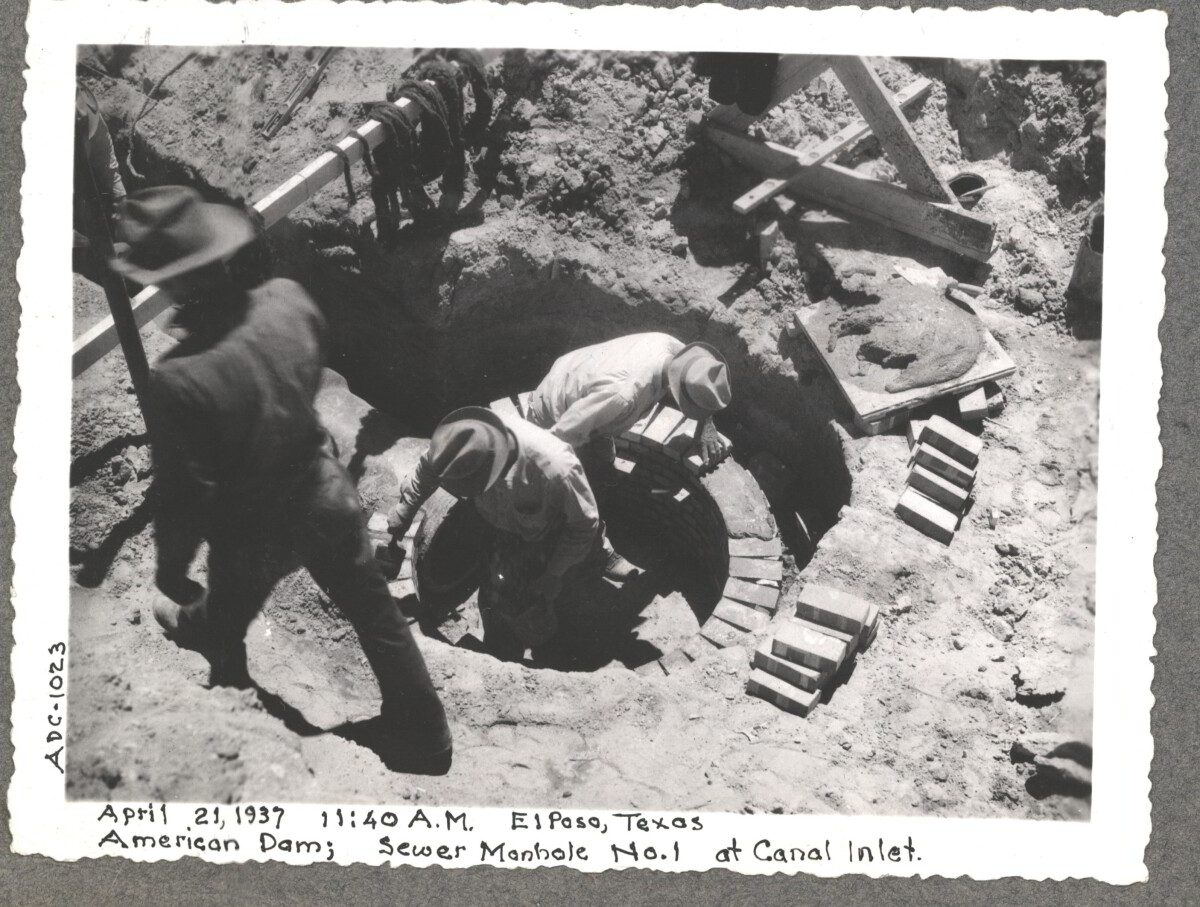
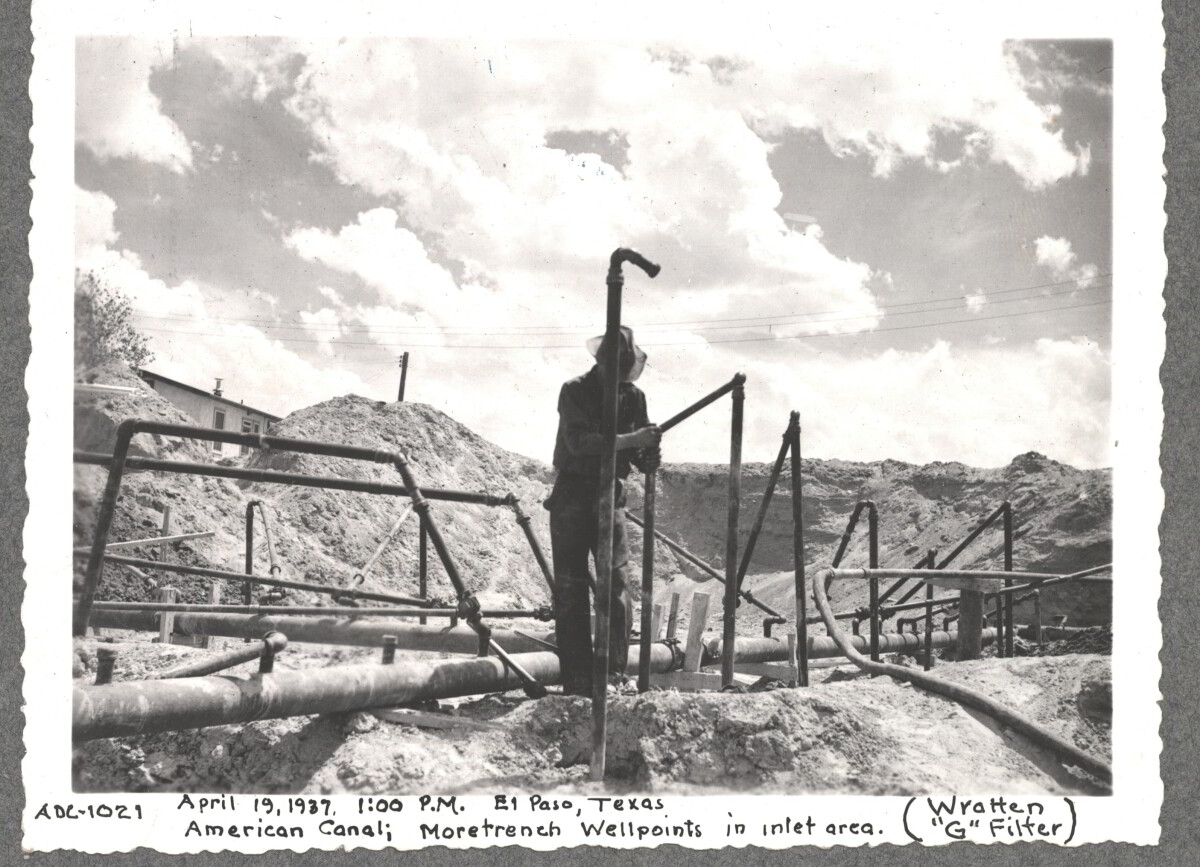
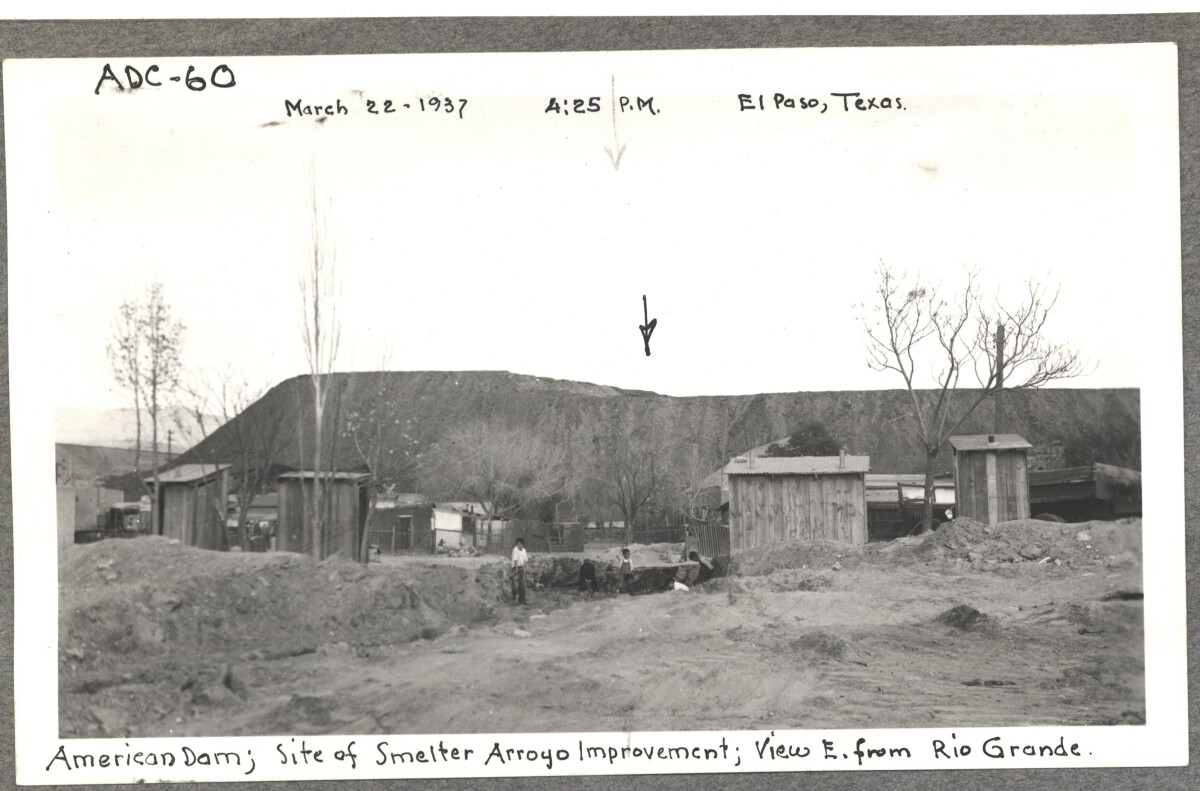
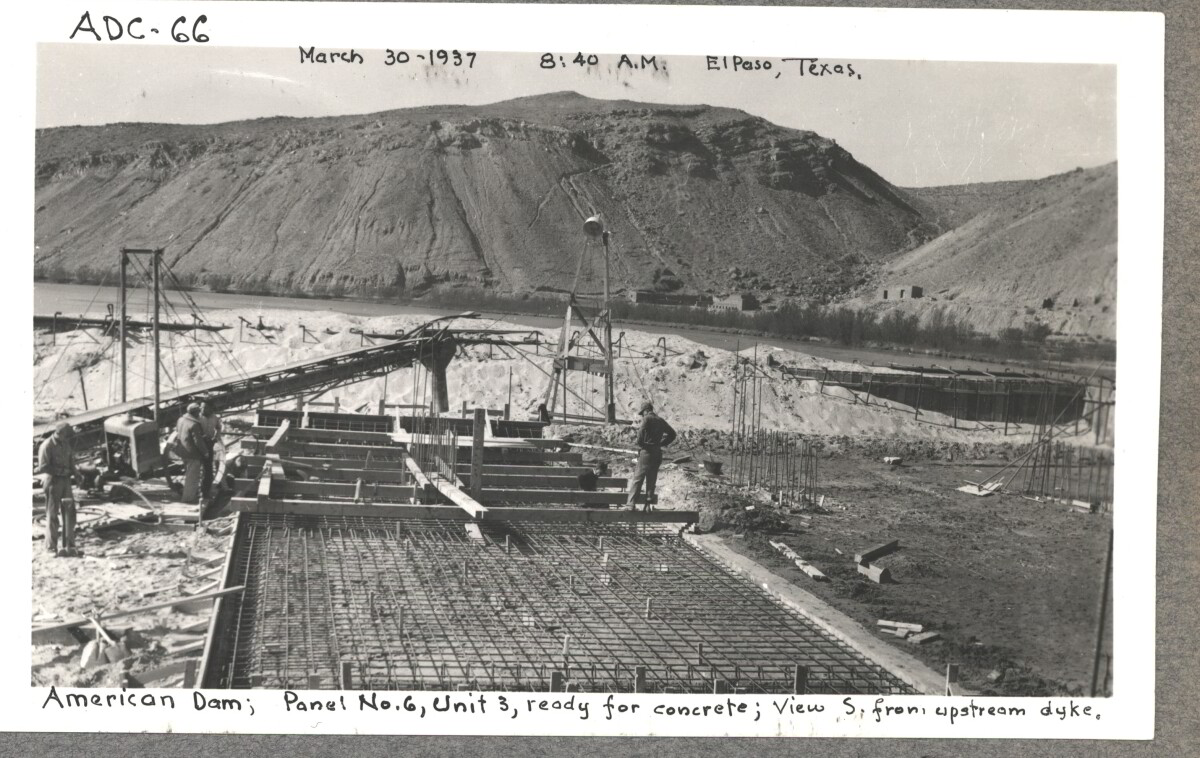
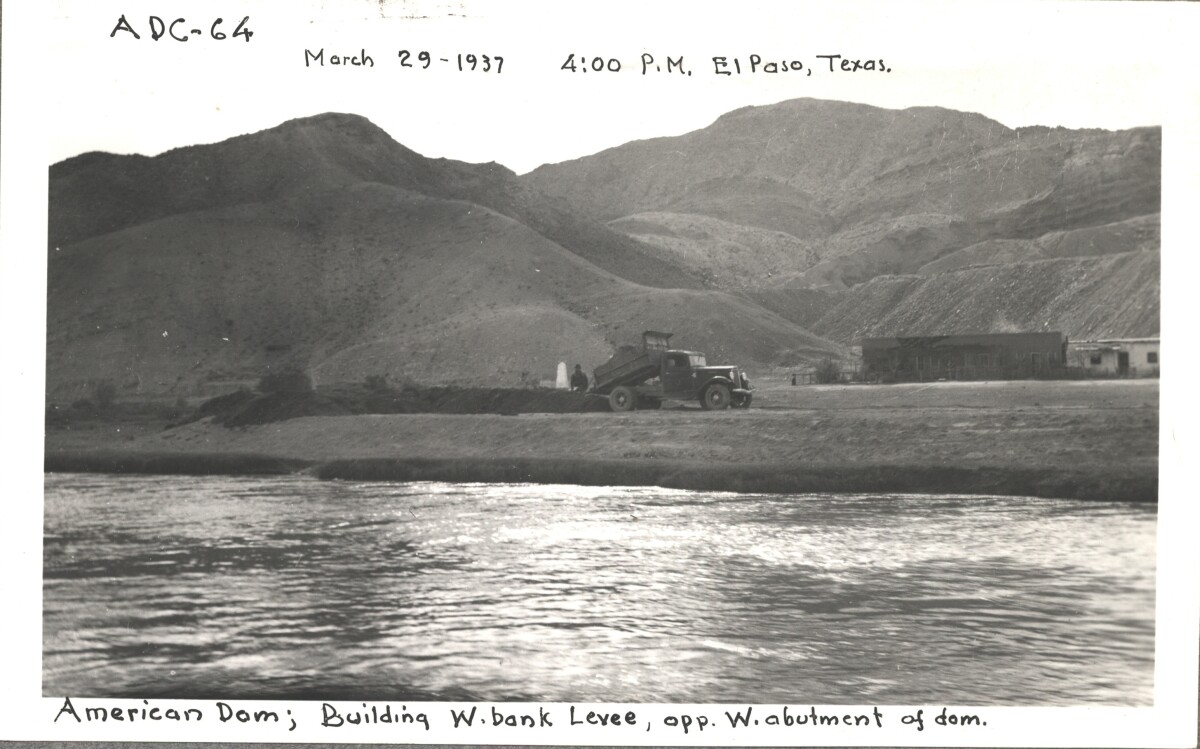
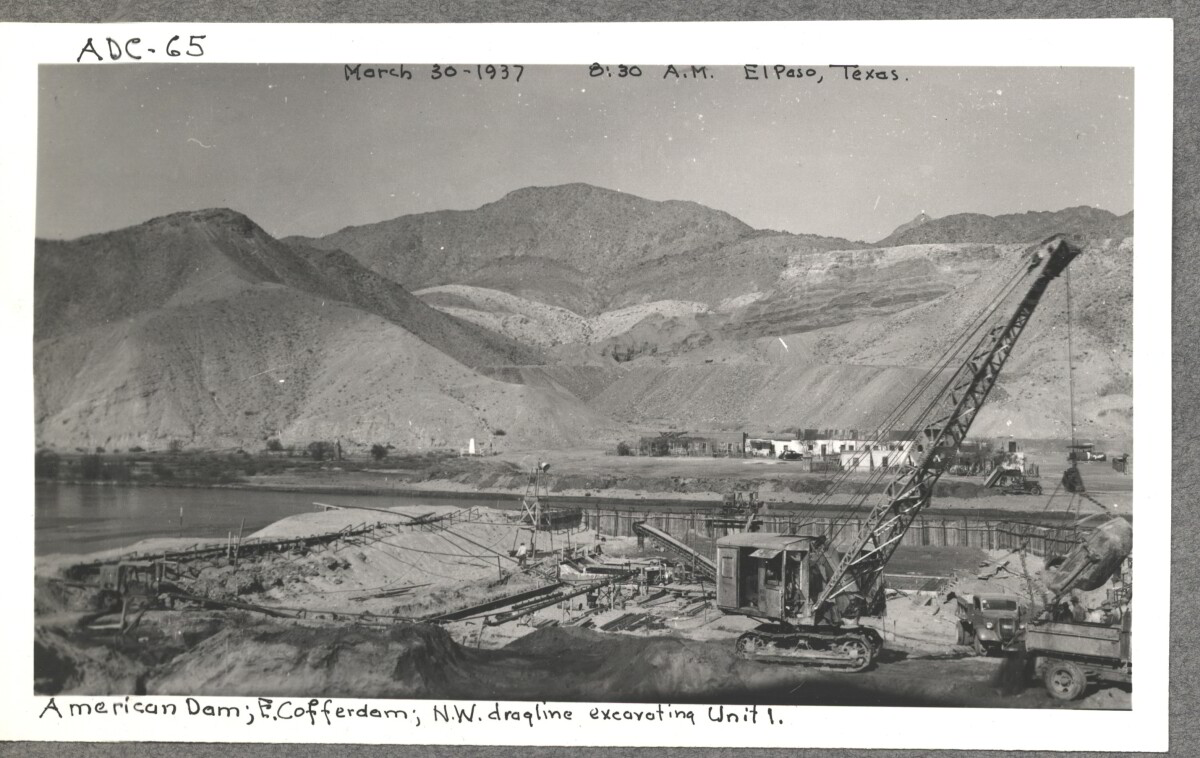
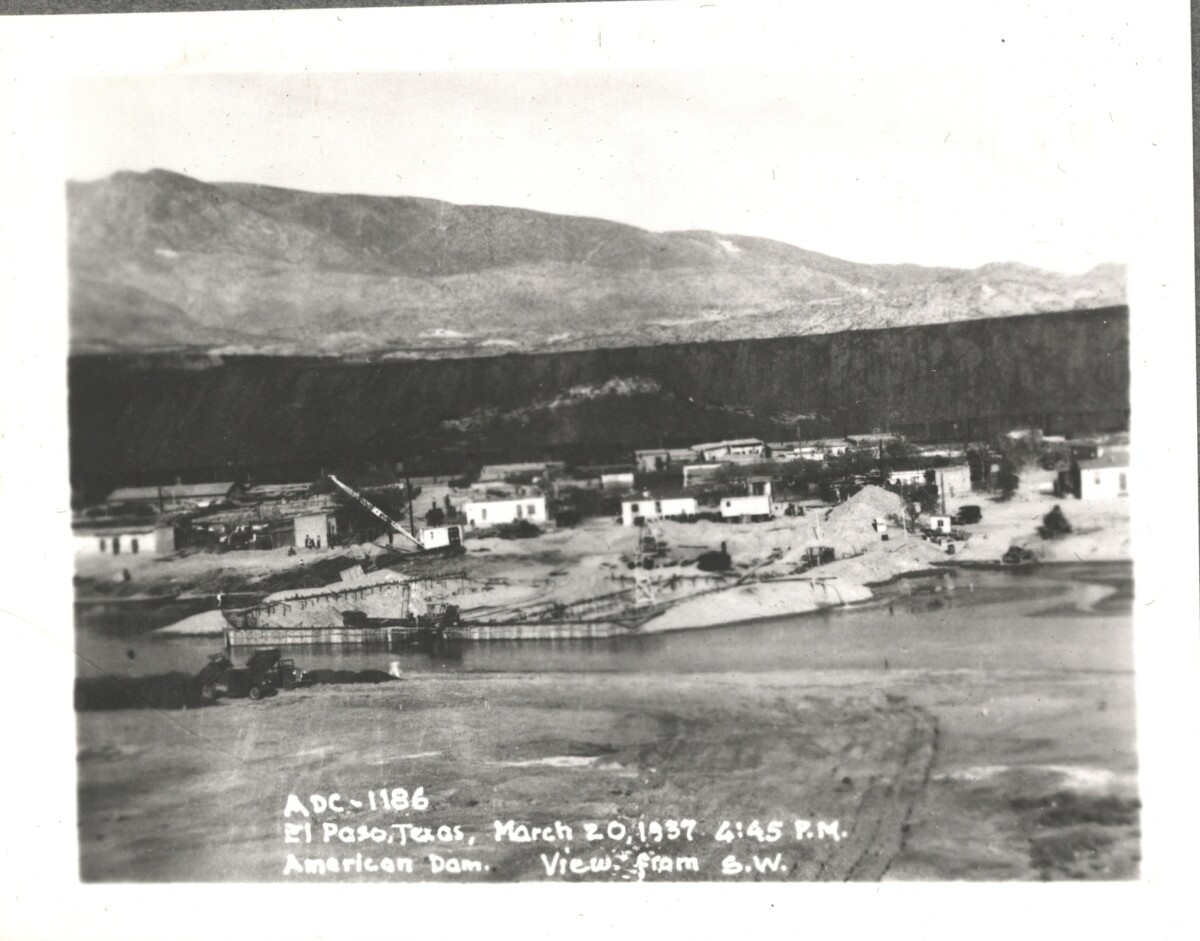
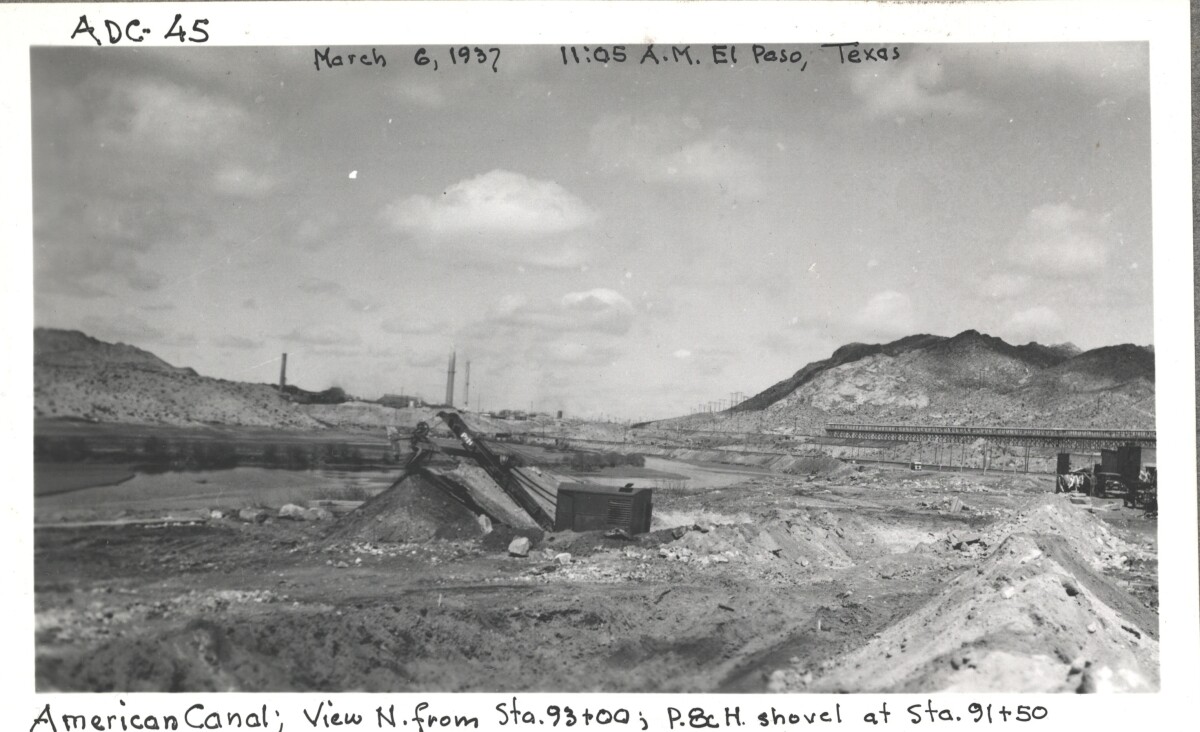
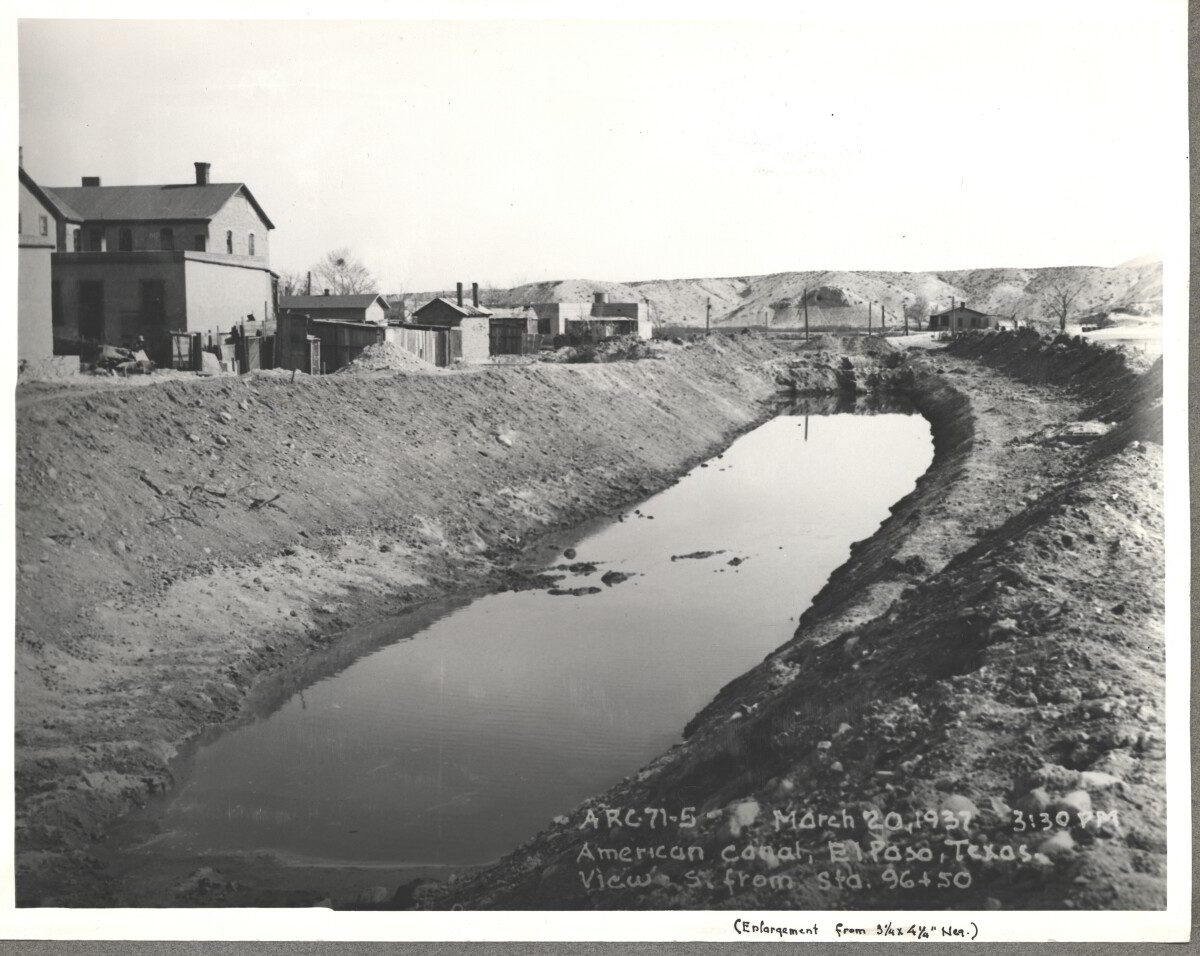
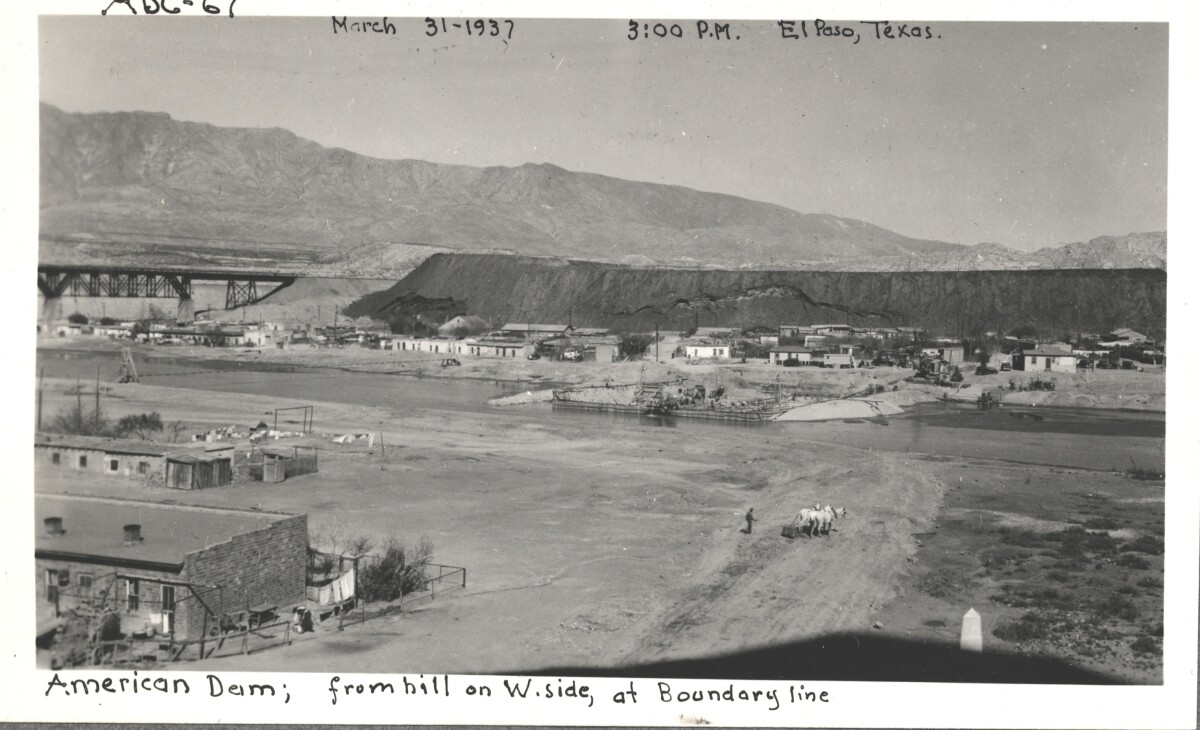
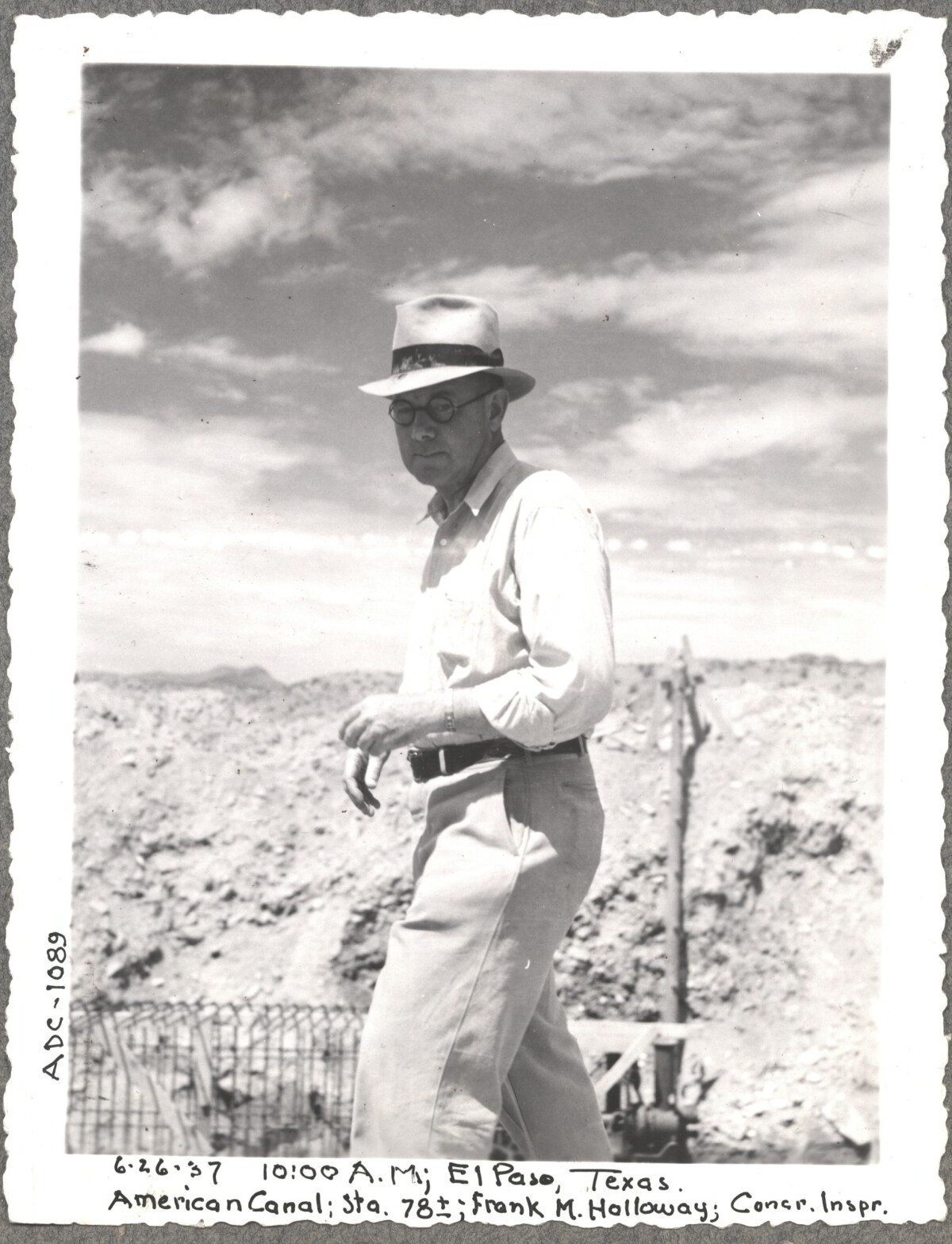
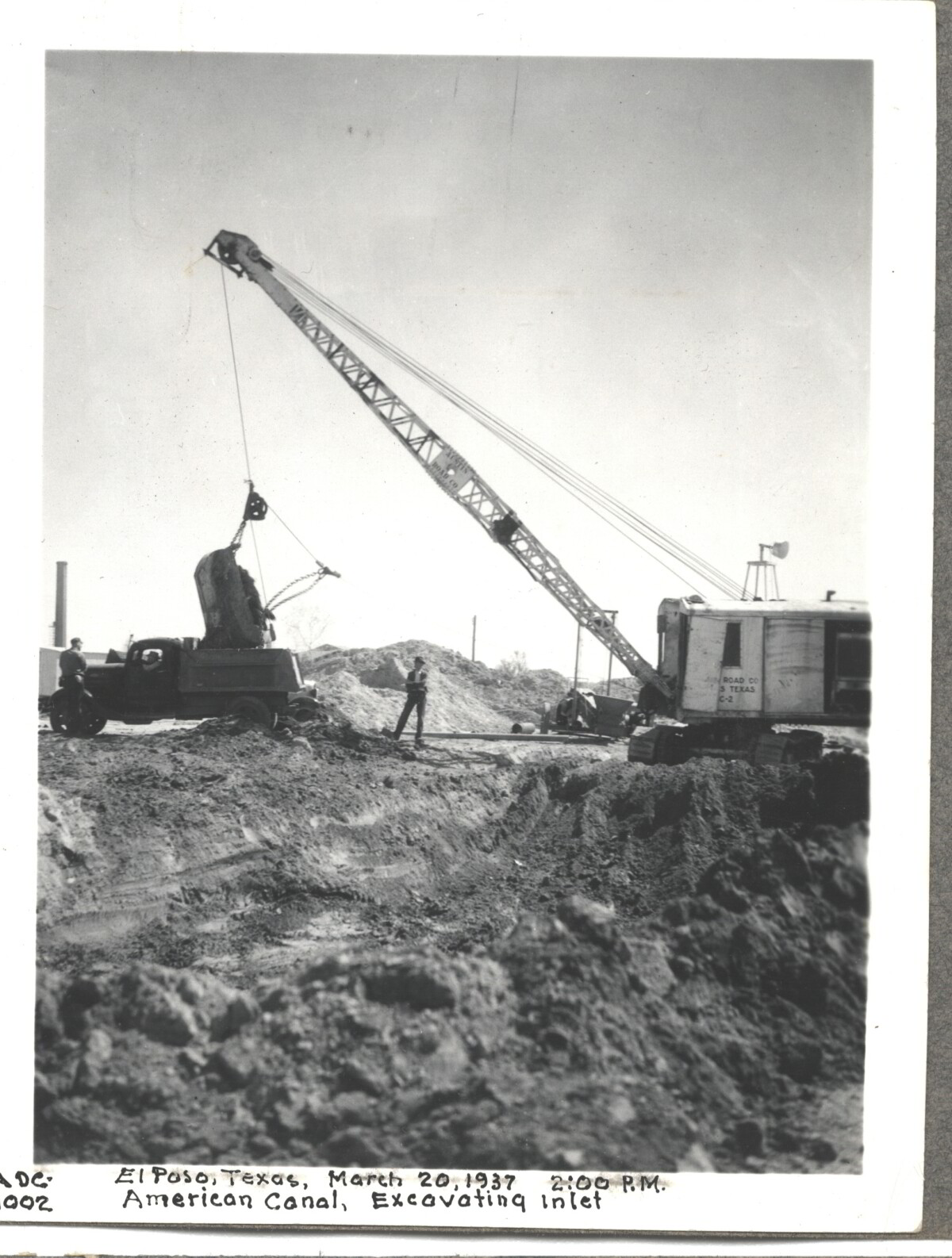
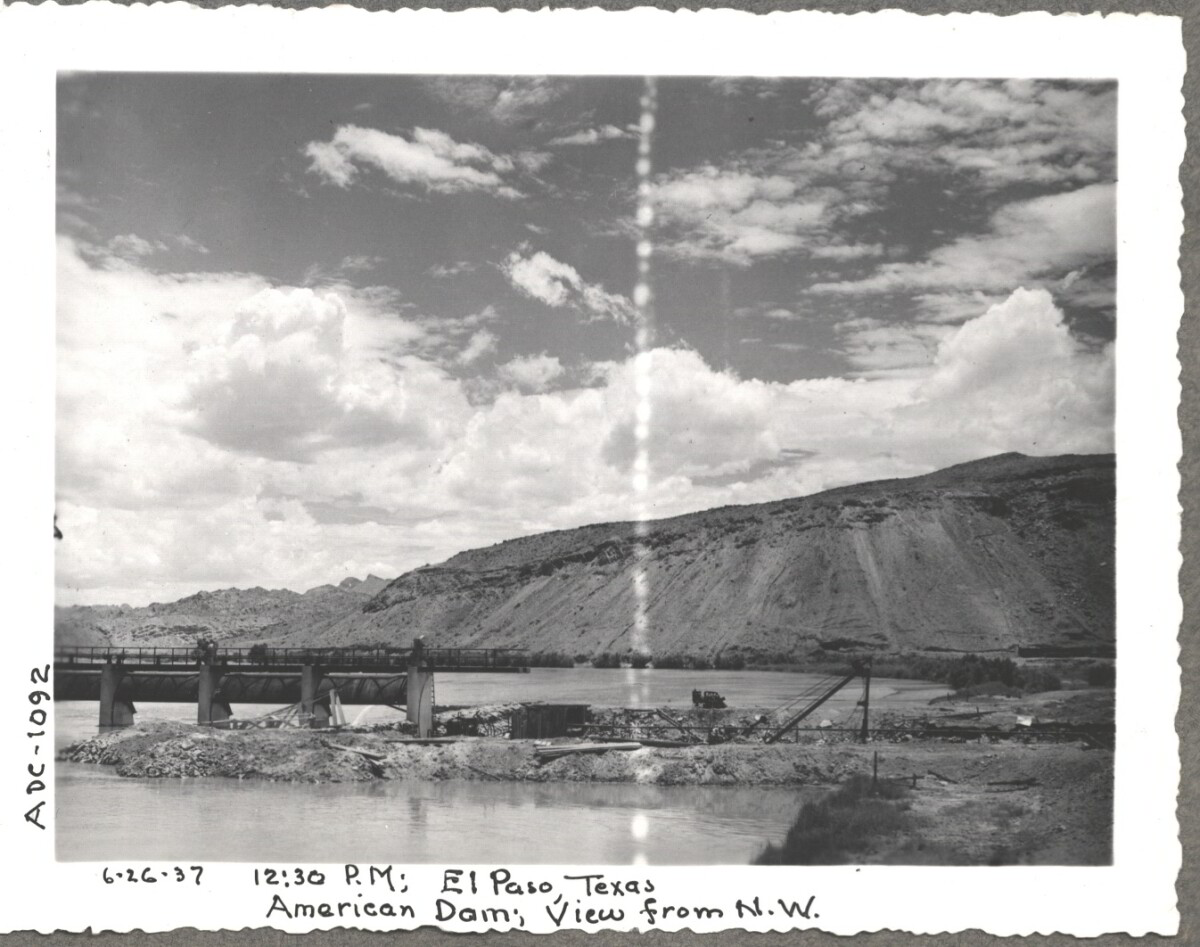
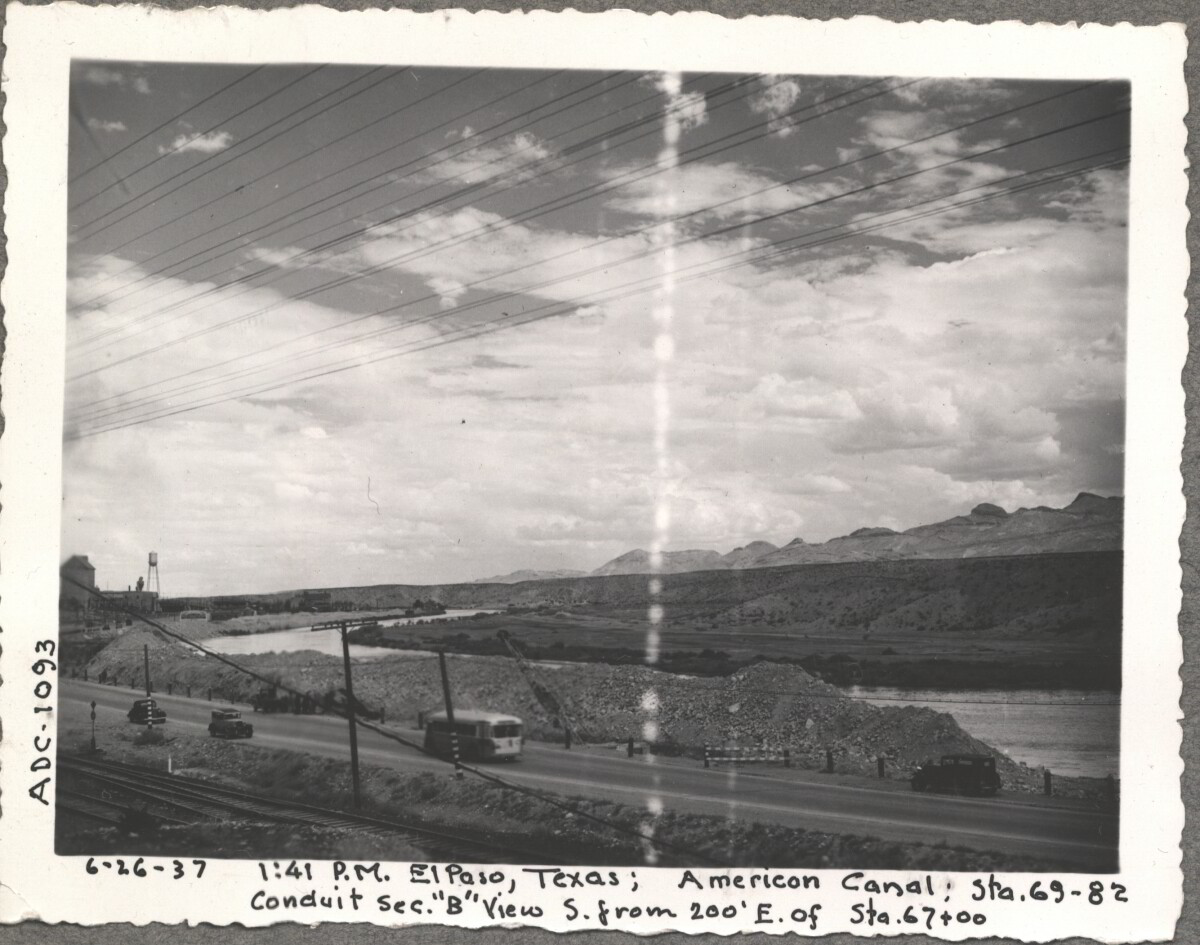
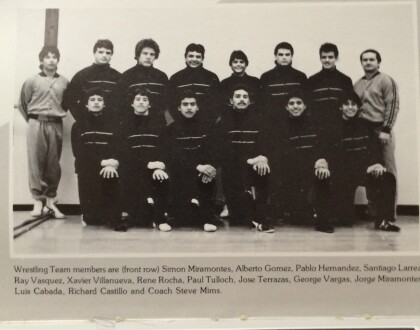
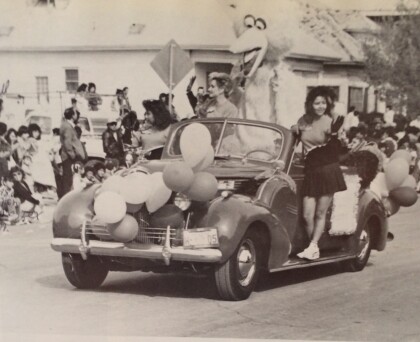
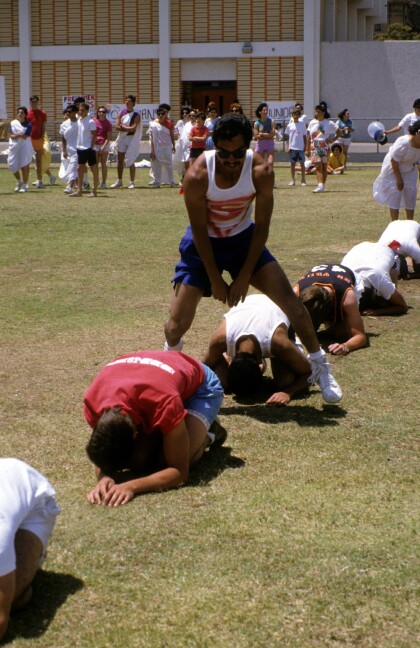


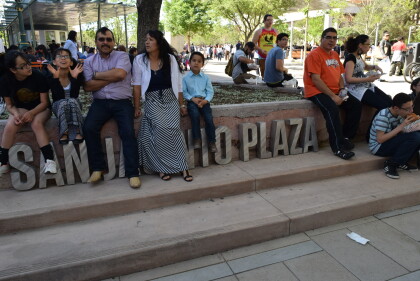


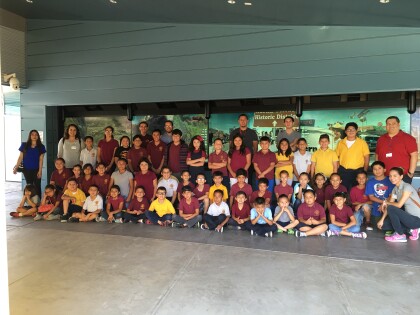

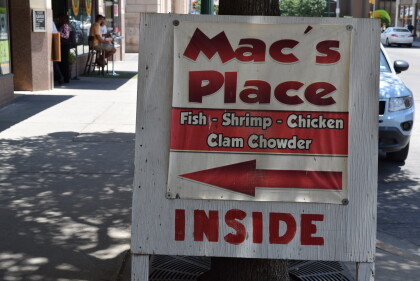

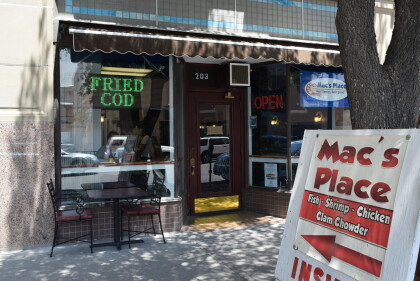
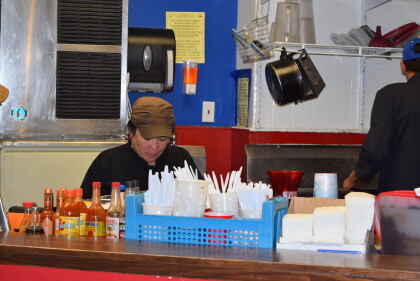
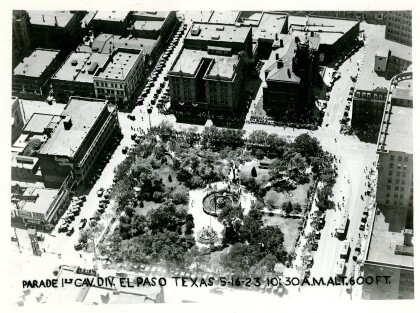

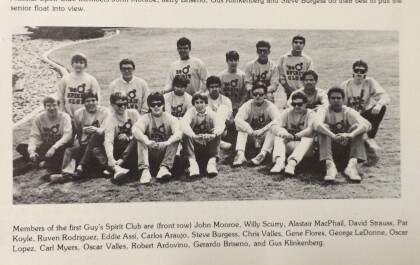
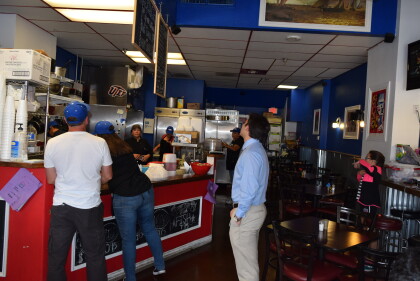
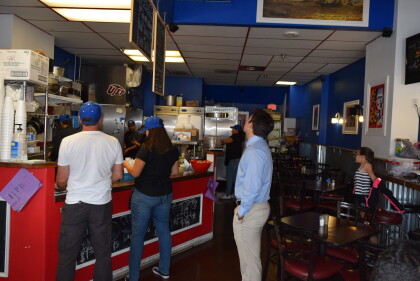




Comentarios
Hacer un comentario